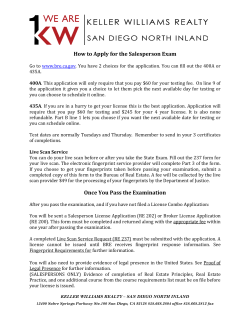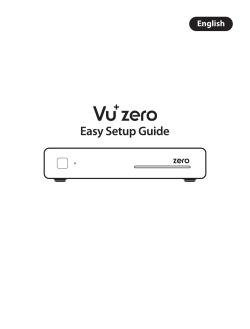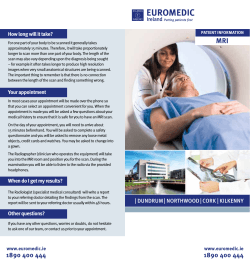
How to optimally perform cardiac CT in clinical
How to optimally perform cardiac CT in clinical practice by using A Siemens CT device in 2011 X. HAMOIR*, J. KIRSCH* V. HAMOIR** *Medical Imaging and **Cardiology CHWAPI site Notre-Dame Tournai Belgium Royal Belgian Radiological Society Antwerp - 2011 october 1st DSCT FLASH 1st device in Belgium in september 2009 FLASH 2009 95° *Rot time 285ms *2×128×0,6mm slices spat resol 0,33mm *pitch up to 3,4 in Flash table feed up to 460mm/s heart=120mm in 0,27s *TR (1 seg) = Rot time 4 = 71ms but 5°shift :75ms Patient preparation • Goal 1: « Primum non nocere » -To reduce the radiation dose -ALARA: never > 20 mSv Cardiac frequency dose Beta-blockers Patient preparation • Goal 2: to obtain best imaging quality to suppress or reduce potential artefacts due to irregular cardiac rythm beta-blockers to facilitate image interpretation by vessel diameter (30%)* nitroglycerine spray *Decramer et al.AJR 2008 Jan;190(1):219-25 Patient preparation • HR > 60bpm Cardiologist prescribes : *3 days before CT: Bisoprolol 2,5-10mg/day (depending of HR and tolerance), stop or reduce some regular treatment, hydratation *The day of the CT examination : 3-4 hours fast, no coffee or tea, Bisoprolol 2,5mg-5mg ECG one hour before CT : if HR > 70 bpm: Bisoprolol 2,5-5mg If Asthma, spastic COPD, severe arteritis, Anticalcic: Diltiazem® retard 120-300mg/day or Verapamil® 3×80-120mg/d Nitroglycerine spray: -Nitrolingual® spray 3 minutes before acquisition, sublingual -contraindications: severe aortic stenosis, obstructive HCM, hypotension < 10 mmHg, Viagra-Cialis-Levitra (recent) -100-120 mmHg: 1 puff ≥130 mmHg: 2 puffs Acquisition protocols 3 acquisition modes with ECG synchronisation: Prospective triggering – Adaptative Cardio Sequence (ACS) = Sequential (= Step and shoot) Classical retrospective gating - helicoidal Flash = prospective triggering- helicoidal with very high pitch Prospective triggering = adaptative cardio sequence (ACS) = step and shoot Scan Move Scan MoveReact Scan DSCT Temp reolution= 87,5 ms 2.5 mSv Scheffel, et al Heart, June 2008 What happens If extra-systole? Management of extrasystoles 1000 ms 980 ms 990 ms Scan! Scan! Repetition! Scan start is determined prospectively based on last three heart cycles Scan is omitted and delayed when extra systole is detected before scan Scan is repeated if extra systole occurs during or shortly after scan Adjustable acquisition window (New flex padding) 70 Selection of acquisition window Free phase shifting for postprocessing reconstruction Pulsing can be applied like in spiral mode ACS flex padding BUT: • If window = 0-100% of RR’ • If window = 30-80% of RR’( on a 600 to 700ms large window) We found no dose reduction in comparison with classical spiral CT (with ECG pulsing) We select 68-72% (205ms large) acq. window Classical helicoidal retrospective n >1 cycles Recon Recon Recon z Position small pitch ~0.2 Time 2x90° Segments DMS A+B. Temporal resolution Trot/4 Apnée of 7 to 12 seconds
© Copyright 2025





















